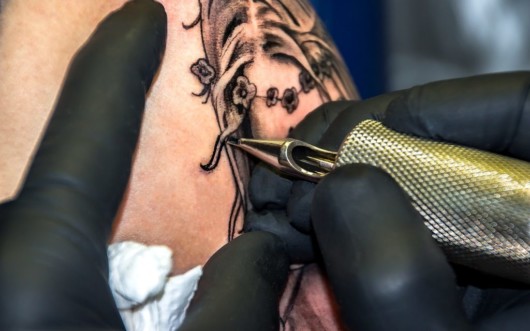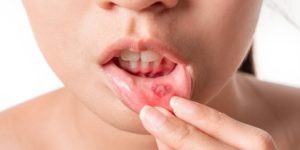A tattoo is the application of ink under the top layer of skin to produce a visible image. You can use several shades of black ink and other color pigments.
On the other hand, piercing is a kind of body alteration that involves puncturing a region of the human body to create a hole through which jewelry or an implant may be introduced.
People obtain tattoos or piercings for various reasons, including expressing their individuality or making a statement. Tattoos and piercings are like permanently affixed items to a person’s skin.
Health Risks of Tattoos and Piercings
While both piercing and tattooing are popular, they come with their own set of health dangers. When correct sanitation and safety protocols aren’t followed, tattoos can lead to the transfer of infectious illnesses such as hepatitis B and C, as well as HIV.

Whether you’re having your first tattoo or piercing or adding to your expanding collection, it’s vital to remember that experts employ high-quality artwork, as well as comfortable and hygienic instruments.
Here are the health risks you should be aware of before getting or adding more tattoos and piercings:
Infections
A tattoo spot can develop infected even using sterilized needles. When microorganisms infect the ink, this happens. An infection causes:
- red rashes
- swelling
- agony
In most cases, an infection develops two to three weeks after you have your tattoo. By introducing germs, viruses, or other unwelcome things into the body through torn skin, tattooing can cause illness. When a person gets a tattoo, using contaminated ink might enhance this risk.
However, in the case of piercings, bacteria might cause illness if it enters a fresh piercing. Getting your ears pierced in an unsanitary setting or with unsterilized equipment may expose your new piercing to infectious microorganisms, especially when using filthy hands to touch your ears.
According to a study, even with meticulous care, roughly 20% of earlobe piercings and 30% of cartilage piercings become infected. Bacteria entering the incision, which can happen in various ways, is the most common cause of an infected ear piercing. It’s vital to consider getting anything done to your skin twice since it might have catastrophic implications.
Allergic Reactions
If your tattoo is causing an allergic response, you may develop a red, bumpy, or itchy rash. An allergic reaction might happen at any point between the time you get your tattoo and three weeks afterward.
A black dye is frequently the source of the allergic response. Many people are allergic to a pure protein derivative (PPD) molecule, which is found in black dye.
As for body piercings, this entails inserting metallic items into the ears, nose, navel, and even the tongue. Since metals are a common cause of contact dermatitis, people will probably have allergic responses to body piercing jewelry.
Red, itchy, and dry skin at the touch with the jewelry are common adverse responses. They can also cause systemic nickel allergy syndrome, which causes persistent gastrointestinal problems and exhaustion in people who absorb excessive nickel levels.
When it comes to your skin, you should always be cautious and trust the right expert to do the procedure. Always check that the materials coming in touch with your skin are hygienic and have a good reputation among other customers and professionals.
Scarring
Scarring is one of the issues that might arise when a tattoo artist overworks a tattoo. Scarring can emerge when your wound tries to cure itself.
When the tissue underneath the skin is injured, a scar develops. Keloid scars are often thick, red, and uneven in shape, with a raised, rounded, and an elevated appearance. Scar tissue can form a long time after the initial damage or expand beyond the wound’s borders.
If you have or are prone to keloid scarring, having a tattoo to conceal your scar is more likely to make the scar worse. This is true not only of tattoos but also of piercings. Keloids usually start as little spherical lumps at the piercing site. They might occur rapidly, but they typically take many months to appear after you pierce any portion of your body.

Keep in mind the operation you wish to have done as well as any family history of skin issues since this information may come in useful if you ever consider having a tattoo or piercing that might make or break your skin.
Takeaway
In recent years, tattoos and piercings have been increasingly fashionable, but they come with health hazards.
Of course, before making a choice about your body and skin and going under the needle, you should be aware of the health risks involved with these operations as they can result in serious complications.



